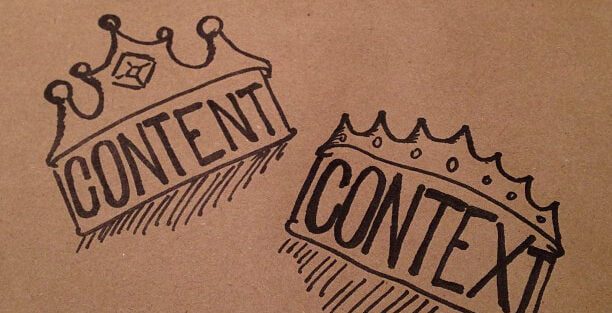We all use Facebook, Instagram, Snapchat and other platforms that provide us short and summarized information. We don’t even read the content sometimes because the headline satisfies our need for information. These platforms are for sure great, but they train us to read short and simple rather than allowing us to dig into the context of the information. Being a part of this, we need to look deeper into the context, as we don’t know what we might find interesting in there. Sometimes there are certain main points which a person reads but doesn’t know why this happens because he didn’t even read the whole content of it. Since we only want the main points, the important details often go unmentioned.
For example: If a restaurant raised it’s price, you would be unhappy. However, if the restaurant raised it’s price due to increased supplier charges and a higher rent, you would at least understand the reasoning behind the decision.
It goes without saying that we should question what we consume, but how can we be critical?
Here are three simple ways you can seek context on a daily basis, which will help in your role as a marketer as well as in your life in general:
1. Seek More Than Sound Bites:
Having quotes as a part of your content, will not only make it look professional but also inspire the user. Quotes are what people remember from a speech, a publication, a news broadcast, and other media. Quotes can also act as a summarization of what your content was.
Don’t take quotes as the absolute statement. Quotes will be just a line saying a statement, and not ‘why’ of the statement.
That’s why even a quote is not enough unless you read the whole content.
2. Determine The Validity And Intention Of The Source:
Sometimes a statement or content is given attention because we don’t question the source. You may not know the person who wrote this, whether he actually knows about the content’s truth or the data that he’s providing. Furthermore, sources tend to be biased and are inherently partial, even if they don’t believe they are. That’s why you should always question the agenda of the source.
3. Spot Trends And Patterns:
In today’s world, we would seek the context behind each content we consume, but we don’t have time to do that. We only see the content at a macro level and not at a micro level.
For example, let’s say I’m looking to hire an SEO agency to improve my organic presence.
Any agency is going to provide me with case studies and explain why its processes are better than others (a reminder to question the intention of the source), but what will my own research tell me?
To find information about the agency, I will look into different site like Glassdoor and LinkedIn. Read the reviews of the agency, and the average satisfaction of the clients. Taking a look at the LinkedIn company page to see what’s posted that will get an idea of the background of the employees.
Final Thoughts:
Context is the why behind the what and allows for a better understanding of what we consume. Not seeking into the context, we judge depending upon only the macro content which are guided by other’s interpretations instead of our own.



